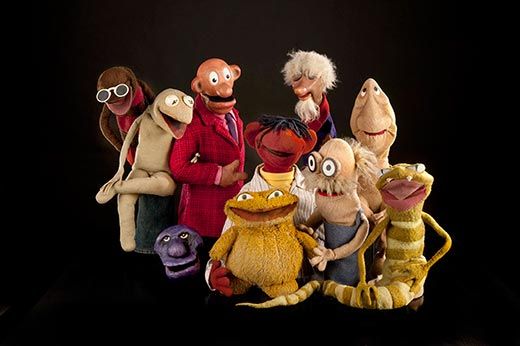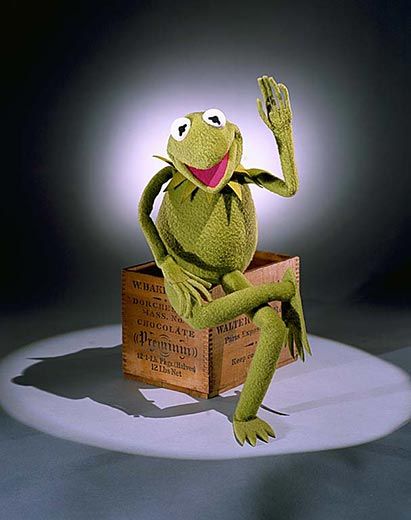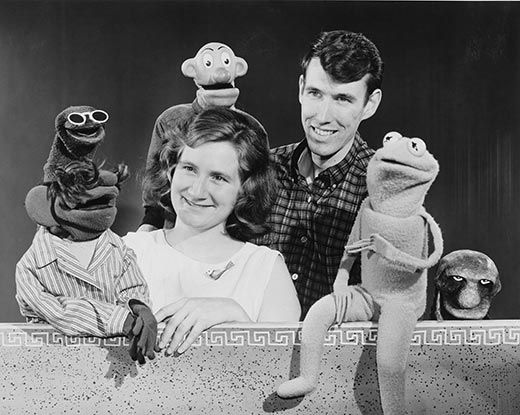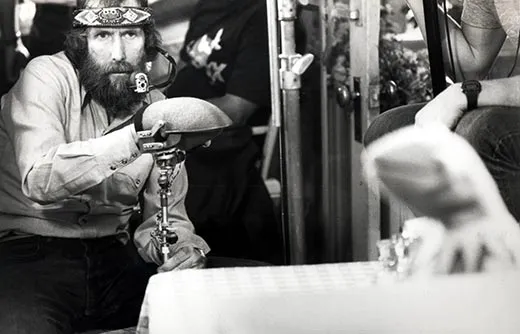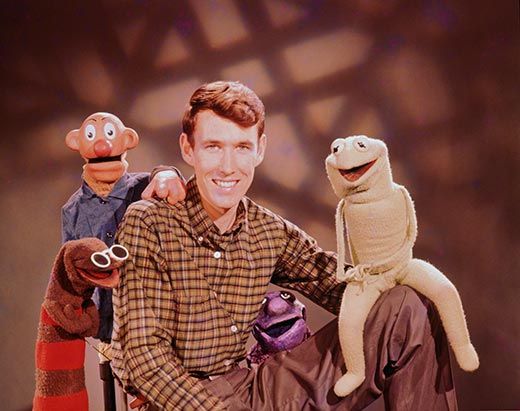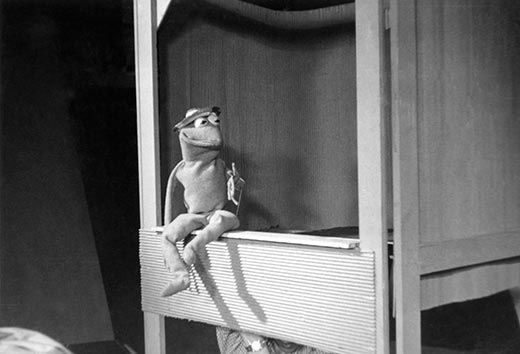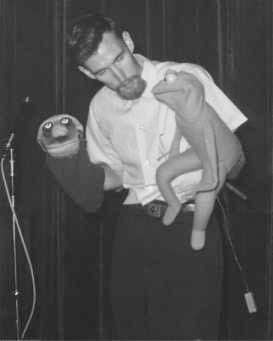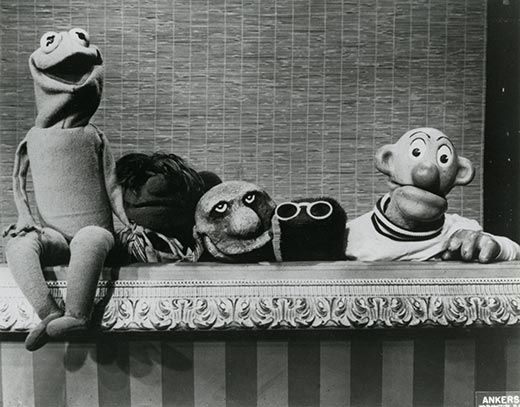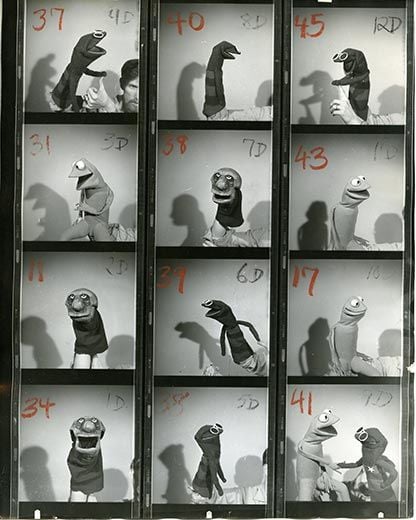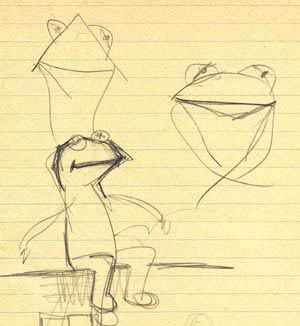Kermit the Frog and Friends Join American History Museum’s Collections
Though puppeteering genius Jim Henson has gone from this earth, he is still with us by way of his creations
Jim Henson, one of America's great powerhouses of imagination, has been gone from this earth for 20 years. Though not physically here to ply his puppeteering genius and expand his artistic horizons to who knows where, he is still with us by way of his creations. And who here doesn't know the cheery urban landscape of Sesame Street, the vaudevillian stage of The Muppet Show or the subterranean world of Fraggle Rock—and the menagerie of wonderful creatures therein? Although his range went well beyond those hallowed television programs, they are perhaps what he is best remembered for. And if there was ever a poster boy for the body of Henson's work, it's Kermit the Frog.
Kermit—that verdant amphibian whose optimism and earnestness has endeared him to generations of viewers has joined the collections of the American History Museum. Again. No, the Smithsonian isn't collecting Kermits like one collects glass animals or Hummel figurines. The frog most visitors have seen is from 1969 when Kermit's presence graced Sesame Street. What joined the collections on the morning of August 25 was the earliest incarnation of the character, along with a troupe of friends known primarily to TV viewers in the D.C. metro area.
The show was Sam and Friends, a five-minute program that ran on NBC between 1955 and 1961, sandwiched in between the Huntley/Brinkley Report and The Tonight Show. It was a time slot that made it clear that this was puppet show that could entertain people of all ages. A teenage Henson crafted the colorful cast of characters himself, including Sam, who never spoke but lip synched to popular recordings, Harry the Hipster, a jive-talking and jazz-loving puppet, and Icky Gunk, a fiendishly-grinning snakelike character. (The one exception is the bulbous Mushmellon, sort of a prototypical Oscar the Grouch character, which was made by Henson's future wife, Jane.) "Sam and Friends are ingenious and creative characters who add a spark of humor and imagination to the collections," said museum director Brent Glass during the donation ceremony.
And then there's Kermit. Fashioned from Henson's mother's discarded coat, ping pong balls and a pair of denim jeans, he was an abstract, lizard-like creature when he appeared on Sam and Friends. (Think of it as the pollywog phase of Kermit's development. He wasn't positively identified as a frog until the mid-to-late 1960s.) You'll note that the original puppet doesn't sport the signature 11-point collar or flipper feet of the more familiar character design. The early Kermit would also occasionally don a wig to assume a feminine alter ego, Kermina, who you can see in this YouTube video lip synching to "That Old Black Magic" alongside Sam.
"I'm sure Jim would have been so pleased to know that they've come to live here," Jane Henson remarked. "It's really a great privilege for the museum to want our pieces, and I hope you get to know these characters in the future through the Smithsonian." And indeed you shall. Current plans are to have the Sam and Friends cast go on display in November, alongside the 1969 iteration of Kermit.
